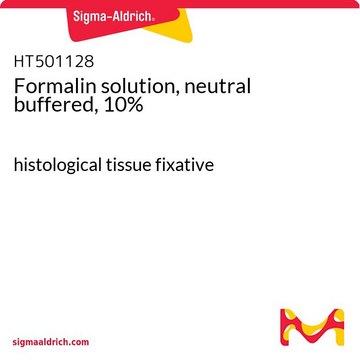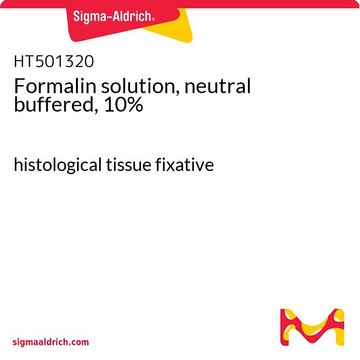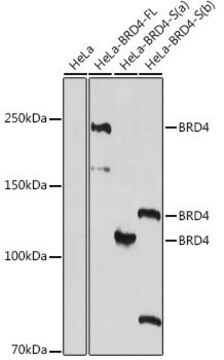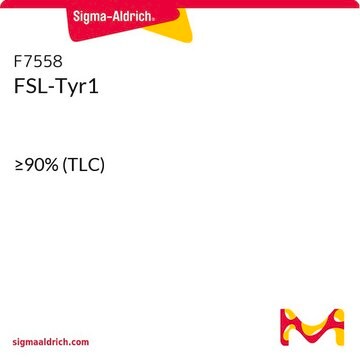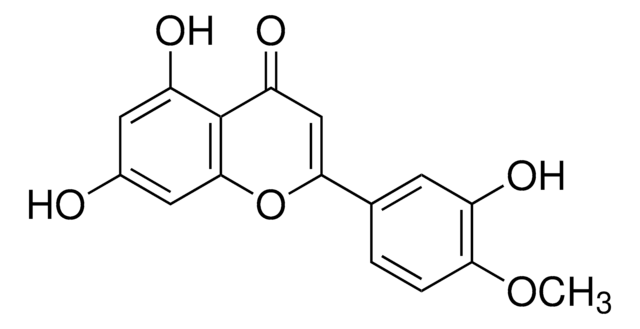ABE1451
Anti-phospho BRD4 (Ser492)
from rabbit
Sinônimo(s):
Bromodomain-containing protein 4, MCAP, Mitotic chromosome-associated protein, Protein HUNK1
About This Item
Produtos recomendados
fonte biológica
rabbit
Nível de qualidade
forma do anticorpo
affinity isolated antibody
tipo de produto de anticorpo
primary antibodies
clone
polyclonal
reatividade de espécies
mouse, human
reatividade da espécie (prevista por homologia)
rat (based on 100% sequence homology)
técnica(s)
dot blot: suitable
immunocytochemistry: suitable
western blot: suitable
nº de adesão NCBI
nº de adesão UniProt
Condições de expedição
wet ice
modificação pós-traducional do alvo
phosphorylation (pSer492)
Informações sobre genes
human ... BRD4(23476)
Descrição geral
Especificidade
Imunogênio
Aplicação
Western Blotting Analysis: A 1:500 dilution from a representative lot detected Brd4 Ser493 (equivalent to human Ser492) phosphorylation in lysate from 12-day cultured E16.5 embryonic mouse cortical neurons. Prior phosphatase treatment of the lysate abolished target band detection (Courtesy of Erica Korb, Ph.D. Rockefeller University, New York, U.S.A.).
Dot Blot Analysis: A representative lot detected BRD4 phosphopeptide with pSer492 or dual pSer492/494 phosphorylation (equivalent to mouse Ser493/495), but not the corresponding non-phosphorylated peptide or peptide with only pSer494 phosphorylation (Korb, E., et al. (2015). Nat. Neurosci. 18(10):1464-1473).
Western Blotting Analysis: A representative lot detected Brd4 Ser493 (equivalent to human Ser492) phosphorylation induction upon BDNF stimulation of cultured E16.5 embryonic mouse cortical neurons from C57BL/6 mice. Pre-treatment of neurons with CK2 inhibitor 4,5,6,7-tetrabromobenzotriazole (TBB; Cat. No. 218697) before BDNF stimulation or phosphatase treatment of the lysate prior to immunoblotting abolished target band detection (Korb, E., et al. (2015). Nat. Neurosci. 18(10):1464-1473).
Epigenetics & Nuclear Function
Qualidade
Western Blotting Analysis: A 1:1000 dilution of this antibody detected Brd4 Ser492 phosphorylation in 10 µg of human induced pluripotent stem cell (iPSC) lysate.
Descrição-alvo
forma física
Armazenamento e estabilidade
Outras notas
Exoneração de responsabilidade
Não está encontrando o produto certo?
Experimente o nosso Ferramenta de seleção de produtos.
Código de classe de armazenamento
12 - Non Combustible Liquids
Classe de risco de água (WGK)
WGK 1
Ponto de fulgor (°F)
Not applicable
Ponto de fulgor (°C)
Not applicable
Certificados de análise (COA)
Busque Certificados de análise (COA) digitando o Número do Lote do produto. Os números de lote e remessa podem ser encontrados no rótulo de um produto após a palavra “Lot” ou “Batch”.
Já possui este produto?
Encontre a documentação dos produtos que você adquiriu recentemente na biblioteca de documentos.
Nossa equipe de cientistas tem experiência em todas as áreas de pesquisa, incluindo Life Sciences, ciência de materiais, síntese química, cromatografia, química analítica e muitas outras.
Entre em contato com a assistência técnica